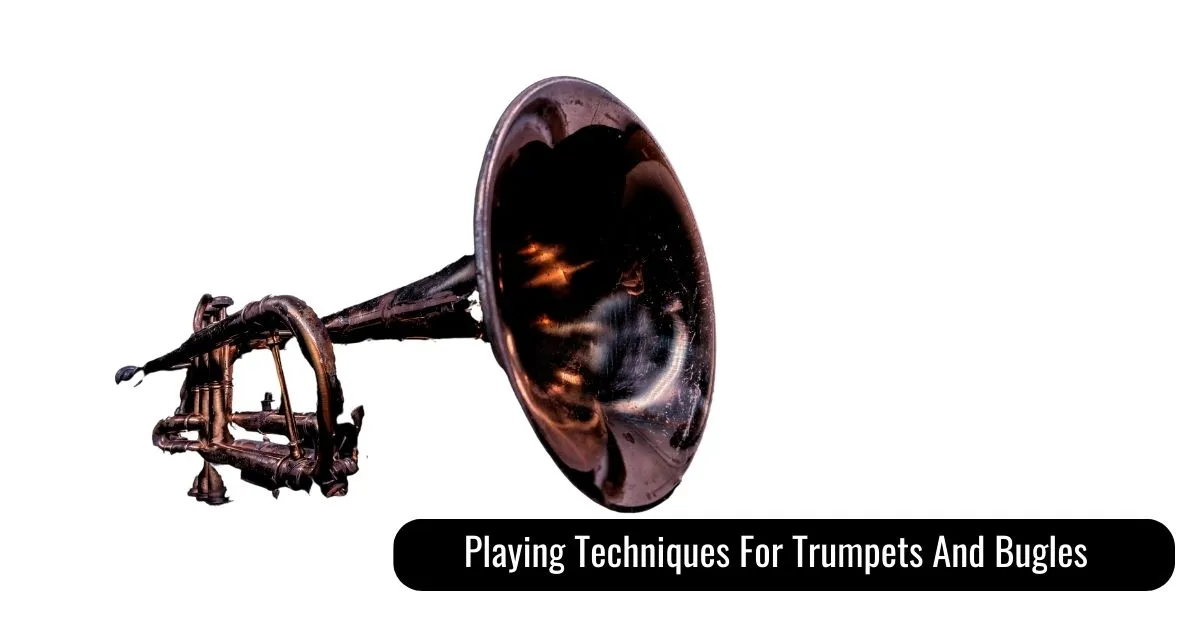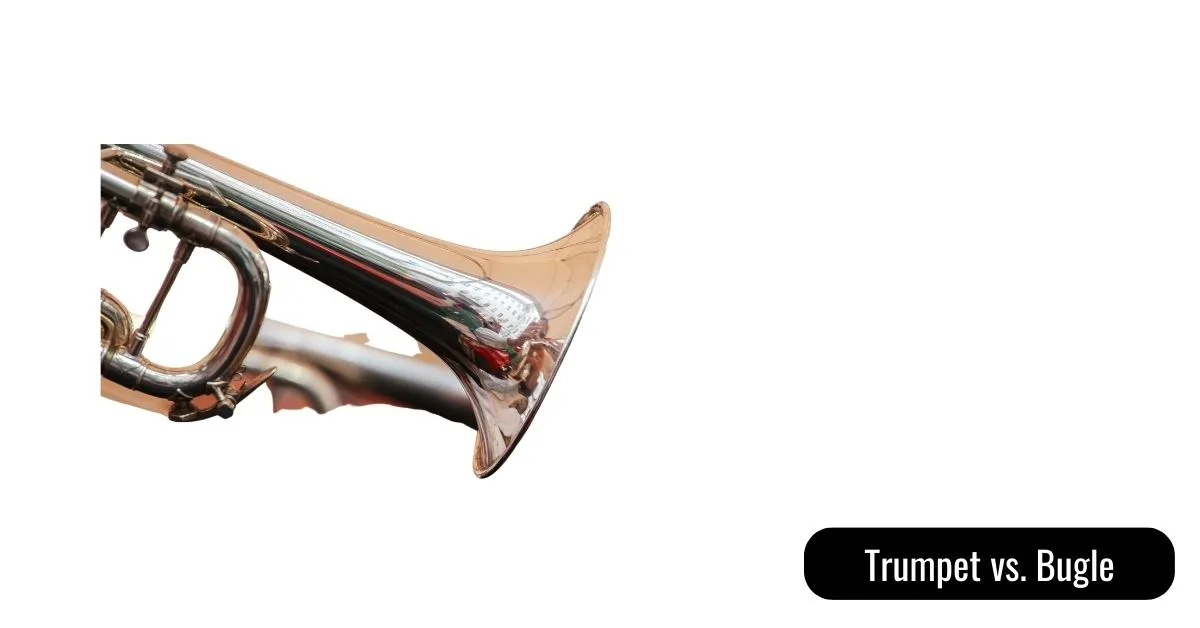Trumpets and bugles are both brass instruments, but trumpets have valves whereas bugles do not. Trumpet players use their fingers to create different notes while bugle players rely on their lips and breath control.
Trumpets and bugles have played a prominent role in military and orchestral music for centuries. The trumpet is a versatile instrument that can produce a wide range of sounds and is used in a variety of genres such as jazz, classical, and pop music.
On the other hand, bugles are typically associated with military ceremonies and signaling. They are simpler in design and function, with fewer notes available to play. Despite their differences, both instruments have a rich history and continue to be important in the world of music.
Historical Background: The Evolution Of Trumpets And Bugles
The trumpet and bugle are two brass instruments that have been around for centuries. The origins of both instruments can be traced back to ancient times, with the trumpet being used in battle and religious ceremonies. The bugle, on the other hand, was a military instrument mostly used for signaling during war.
Over time, both instruments have become popular in various genres of music, including jazz, classical, and marching bands. The historical significance of these instruments is undeniable, with many famous musicians and composers having used them in their works. As technology has advanced, so have the development and evolution of both the trumpet and bugle.
Today, there are countless variations of these instruments, each with its unique sound and style.
Anatomy And Basic Structure Of Trumpets And Bugles
Trumpets and bugles are brass instruments commonly used in band and military settings. The anatomy and basic structure of these two instruments are quite similar, with both consisting of a mouthpiece, cylindrical tubing, and a flared bell. However, there are slight differences in their features and unique design elements.
Trumpets come in various types, including bb, c, d, eb, and piccolo trumpets, while bugles mainly come in two types, the standard bugle and the g bugle. Trumpets have three valves while bugles are valveless. Trumpets have a tapered leadpipe and tuning slide, while bugles have a cylindrical bore.
The bugle’s bell is wider than that of a trumpet, giving it a mellower sound. These distinctions make them distinctive and suitable for different musical or military purposes.
Sound Production: What Makes Trumpets And Bugles Different
Trumpets and bugles are both brass instruments that produce sound differently. Sound in trumpets comes from vibrating the player’s lips into a mouthpiece, while sound in bugles is created by causing air to vibrate within the instrument. Trumpets generally have a brighter tone quality and can produce higher pitches, while bugles are limited to fewer notes and typically have a mellower tone.
In terms of range, trumpets can play a wider range of notes due to the valve system, while bugles are restricted to playing a set series of harmonic tones. These differences make trumpets a versatile instrument used in various genres, while bugles are mainly used for signaling in military and ceremonial events.
Playing Techniques For Trumpets And Bugles

Playing the trumpet and bugle requires different techniques for finger placement, embouchure, and breathing strategies. With the trumpet, proper placement of your fingers and embouchure on the mouthpiece is important to create a clear and crisp sound. The bugle requires a softer, gentler approach as your fingers glide against the keys, while using a more relaxed lip position.
In terms of breathing strategies, the trumpet requires a steady flow of air with proper timing, while the bugle has a more simple technique, where you need to control your breathing throughout the notes. Playing the trumpet and bugle requires different approaches in terms of technique, finger placement, embouchure, and breathing strategies.
By mastering these techniques, you can create beautiful music on either instrument.
Frequently Asked Questions On the Difference Between Trumpet And Bugle
What Is The Difference Between A Trumpet And A Bugle?
A trumpet has valves, while a bugle does not. A bugle typically has a simple, long brass tube and is played as a signal instrument.
Can A Trumpet Be Played Like A Bugle?
Yes, a trumpet can be played without using its valves and used similar to a bugle, creating an evocative military sound.
Is A Bugle Easier To Play Than A Trumpet?
In terms of technique, a bugle is generally easier to play than a trumpet as it requires no valves and has a smaller range.
Which Instrument Is Commonly Used In The Military?
Both trumpet and bugle are widely used in the military, but a bugle is traditionally used for signaling and calls while a trumpet is more versatile.
What Is The Range Of Notes For A Trumpet And Bugle?
A trumpet typically has a range of just over three octaves, while a bugle has just seven notes and a limited range.
Conclusion
As we conclude our comparison of the trumpet and bugle, it becomes clear that despite their similarities, there are distinct differences that set them apart. While both instruments originated from simple signaling devices, they have evolved into unique musical instruments with their own set of characteristics.
The trumpet’s versatility and ability to play a wide range of notes make it a favorite in many modern music genres, while the bugle’s simple construction and lack of valves make it perfect for military ceremonies and patriotic events. Whether you are a musician, military member, or merely a music enthusiast, understanding the differences between these two instruments can help you appreciate their beauty and significance.
So, the next time you hear the call of a trumpet or bugle, take a moment to appreciate its unique qualities and its place in our musical and cultural history.

Welcome to my blog! My name is Marjona Ferdows and I am a passionate trumpet lover. I have been playing the trumpet since I was a child, and it has always been one of my greatest joys in life. My blog is a place where I want to share my passion for the instrument with all of you. Here you will find articles about using the trumpet, tips and techniques, reviews on different models, and more.

